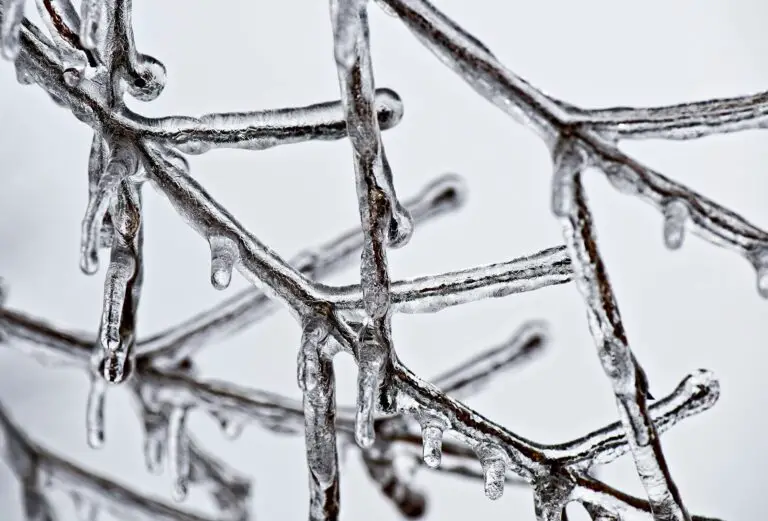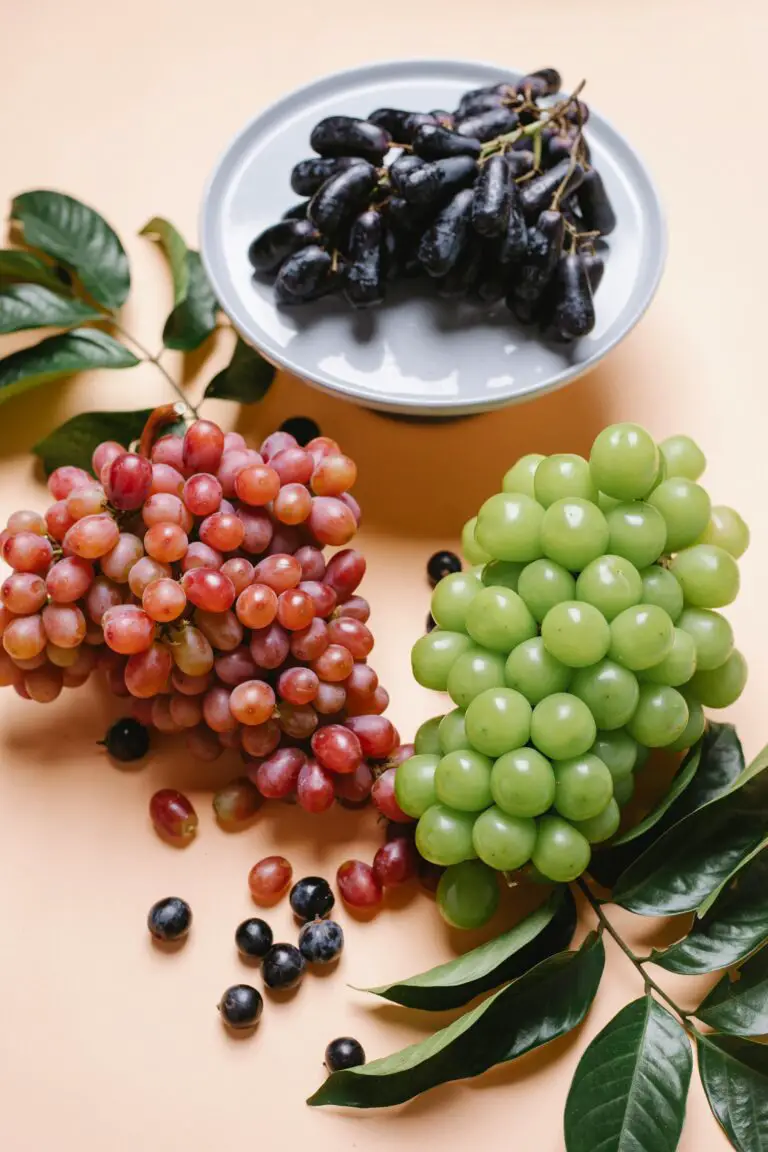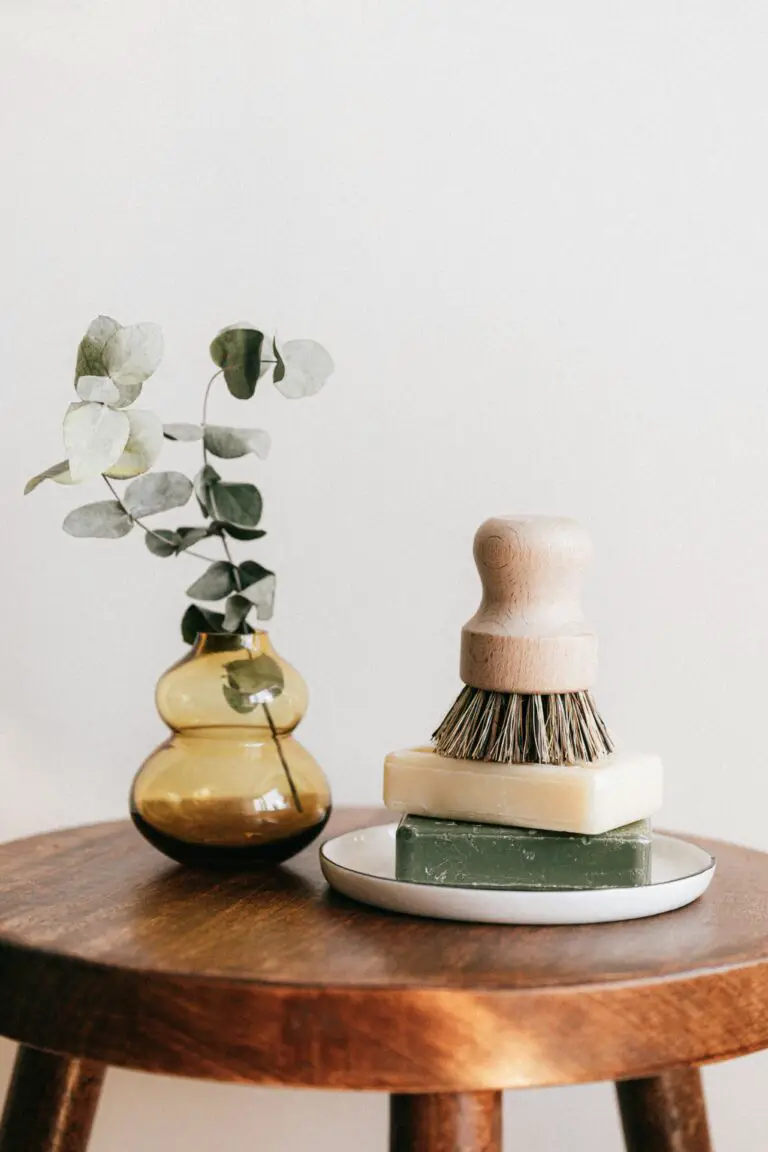Introduction to Sedum Cold Hardiness
When frost nips at the garden, sedum plants stand resilient against the frigid kiss. These sturdy succulents showcase an incredible will to thrive in the face of chill, making them a beloved staple in landscapes that face the whims of cold weather. As gardeners tuck their tender annuals in for the winter, sedums stand the test of frost with an audacious spirit that’s truly inspiring.
Take a walk through a garden after a frosty night, and you’ll notice how sedums maintain their composure when others wilt from the cold. It’s not just about survival; it’s their remarkable recovery that tells the story of their mettle. Their secret lies in the varied tapestry of species, each one adapted to its native realm, from the rocky crags of high mountains to the temperate embrace of valley soils. Varietal differences are key, as some sedum types shrug off temperatures that send others into dormancy. But don’t be fooled—sedum is not a one-size-fits-all when it comes to weathering the winter.
Imagine sedum as nature’s green warriors, clad in fleshy leaves that store water and weather the storm. For pro tips on keeping these warriors in top form, take a dive into our comprehensive guide on Sedum Planting Success. It’s within these pages that the secret to their endurance unfolds, equipping you to fortify your garden against the coming frosts.
Indeed, sedums have earned their place in climates that see ice more than others, not simply for their ability to survive but for the magic they bring when the thaw comes. As tenacious perennials, they return year after year, offering a lesson in persistence and the beauty of resilience. If you’re intrigued by the enduring nature of these garden gems and seek guidance on integrating them into your own landscape, explore our insights on Sedum Plants Unearthed. Here, you’ll unearth a treasure trove of growing tips and discover the dazzling array of varieties that make sedum plants so versatile and endearing.
Understanding Sedum’s Freezing Point

As the mercury dips and Jack Frost starts painting the world in icy hues, garden enthusiasts might wonder about the frosty fate of their beloved succulents. Sedum, a garden’s silent sentinel, is actually quite the cold-weather warrior. Let’s unwrap the mystery shrouding these hardy plants and their defiance against the freeze.
The resilience of sedum in frosty temperatures can be compared to a mountaineer well-equipped for sub-zero conditions. This plucky plant flaunts a natural antifreeze, sugars within its succulent leaves, which reduce the freezing point of water inside its cells. Remarkably akin to the salt sprinkled on icy roads, these sugars prevent ice crystal formation, a potential death sentence for more delicate vegetation.
Environmental factors also play a significant role in the sedum’s survival game. A sedum’s ‘cloak of survival’ depends on its microclimate, soil quality, and even snow cover, which acts like an insulating blanket. To foster frost tolerance, choosing the right sedum variety is key.Discover more about winter-hardy sedums and their care to ensure your succulents stay snug as a bug under a rug!
We’ve all seen those idyllic winter gardens, where sedums stand tall, crowned with a glittering frost that makes them sparkle in the winter sun—proof that nature’s design embraces not just survival but sheer beauty. Testament to this are sedums that sail through winters in the peaks of the Swiss Alps to those gracing the urban gardens of Stockholm, withstanding the frost with poise and dignity.
Understanding and leveraging these physiological marvels within sedums empower gardeners to craft landscapes that shrug off the chill and flourish. Bearing in mind these insights, a well-informed gardener can confidently watch their sedum shrug off winter’s icy embrace and come spring, rebloom with vigorous delight.
Best Practices for Winterizing Sedum
As the chill of winter wraps the garden in a frosty embrace, many green thumbs ponder, “Will sedum freeze?” Let’s clear the fog surrounding this worry. Sedum, a hardy and versatile succulent, has adapted to fare well against Jack Frost’s advances, but it does require a bit of human ingenuity to help it survive the coldest months with verve. It’s time to roll up those sleeves and ensure our leafy pals are snug and secure!

Imagine your sedum as a stoic figure standing amidst a snow-dusted landscape. The crunch of the frozen earth underfoot is a reminder that nature’s slumber is close at hand. It’s precisely in these moments that your sedum needs a little extra TLC to emerge from winter’s grasp unscathed. Here’s how you can shield these resilient, yet vulnerable, plants from a frosty fate.
Mulching Marvels
Blanketing your sedum with a cozy layer of mulch is akin to tucking them into bed. But we’re not just tossing in a comforter; we’re selecting a premium-quality insulating down quilt. By applying organic mulch, such as straw or shredded leaves, you buffer the roots from sudden temperature swings while pampering them with a slow-release fertilizer as the mulch decomposes. It’s a protective and nourishing embrace that keeps them warm and happy.
Watering Wisdom
Next, there’s the matter of hydration—but caution is key. Much like you wouldn’t guzzle a slushie before a snowball fight, sedum doesn’t need a drenching before winter. A modest drink to moisten the roots before the freeze settles in is the ideal send-off into dormancy. This light watering can help sedum cells fortify themselves against cell damage that comes from freeze-thaw cycles, much like antifreeze works in your car’s engine.
Strategic Situations
Last but not least, let’s talk location. If sedum were real estate, its mantra would be “position, position, position.” Planting your succulents where they can withstand cold snaps best—shielded by landscape features or against a south-facing wall—empowers them to tap into microclimates in your garden. These strategic positions serve as bunkers, offering sedum defense against harsh winds and providing a smidge of warmth to weather the frosty onslaught.
Incorporating these practices into your winterizing routine transforms your sedum from potential freeze victims to frost-enduring champions. It’s not about mollycoddling; it’s about setting the stage for your garden’s fighters to do what they do best—survive and thrive!
Identifying and Treating Frost Damage on Sedum
Jack Frost may have danced over your sedums last night and there’s a good chance that the only thing happy about that scenario is maybe the snails. If you stepped out to a shimmering silver garden this morning, you know it’s time to roll up your sleeves. Recognizing the signs of frost damage is crucial if you’re to save your stonecrop sweethearts. Are your sedum’s leaves looking translucent? Perhaps they’ve taken on a water-soaked look? Or worst-case scenario, they’re blackened and squishy to the touch? If any of these ring a bell, it’s time for some succulent CPR!
I recall a neighbor who adores her ‘Autumn Joy’ sedum. Last year, she awoke to a frost-crisped spectacle that left her stonecrops saggy and mournful. What did she do? She waited for the sun to melt away the icy glaze and gave the plants a gentle shake—not too hard, just enough to say ‘wake up, beauties.’ Recovery from frost isn’t immediate, but be patient. The neighbor made sure to monitor the moisture levels as waterlogged, frozen soil is a recipe for root rot.
Here’s a golden piece of advice: the thaw is not the time for a deep water or a fertilizer fiesta. Instead, offer your sedum some supportive care. Remove any parts that are clearly damaged—this isn’t a time for second chances, folks. If the frost was mild, you might even see some new growth at the base. That’s your sign to snip away the sad bits. If the cold snap was severe and the plant looks like a goner, remember that sedums are resilient. With proper care post-frost, there’s a good chance they’ll make a grand comeback.
We’ve got a video that encapsulates the spirit of maintaining a stonecrop garden, particularly after a frost hits. It emphasizes the importance of patience and nurturing in the recovery process.
Preventive measures are your garden’s best armor against future frost damage. This is where our knowledge of the sedum’s secret armor comes into play. Use a lightweight, breathable cover or frost cloth on nights when a freeze is predicted. Ensure to secure it to the ground to prevent it from flying away like a ghost in the night. And just in case you’re thinking about bubble wrap—let’s not. We need air circulation, not a botanical sauna.
Investing in a multifaceted approach to your sedum’s well-being, beyond frost care, can maximize their resilience and beauty across seasons. Keep these tips in your back pocket, and when Jack Frost makes an unexpected visit, your garden will be ready to face the music and dance right back.
Most Resilient Sedum Varieties for Colder Climates
When the mercury plummets, gardeners start to worry: Will sedum freeze? It’s a valid concern, as not all greenery can weather the winter chill. But fear not, horticultural enthusiasts! There are warriors of the plant kingdom that laugh in the face of frost, and among these champions are some hardy sedum species that not only survive but thrive in cooler climates.

Imagine a garden where the sedum stands tall, its leaves a verdant banner despite the snow around it. This isn’t just fantasy—it’s the reality for varieties like Sedum telephium, also known as ‘Autumn Joy’. With its robust stems and fleshy foliage, ‘Autumn Joy’ can endure temperatures that would send other plants into a permanent slumber.
Not to be overshadowed, Sedum spectabile ‘Neon’, flashes its vibrant colors, offering a vivid contrast to the white snow. Its frost-resistant nature makes it a favorite among those who wish for a garden that remains dynamic and colorful, even as the temperature drops.
For those who favor a touch of whimsy, the whimsically named Sedum spurium ‘Dragon’s Blood’ is a true testament to resilience. Its leaves, red as a dragon’s scales, remain bold and beautiful throughout the season. As a groundcover, it forms an insulating carpet that stands up to freezing conditions with grace.
The stoic Sedum reflexum, also known as ‘Blue Spruce’, presents a texture akin to a coniferous forest. The blue-green, needle-like leaves maintain their splendor, feeling right at home among winter’s chill. It’s an exemplar of endurance that showcases nature’s ability to adapt and persevere.
Punctuating the list is the lovely Sedum album ‘Coral Carpet’, whose name implies its ornate beauty. As temperatures drop, it transforms from green to rich shades of red, embodying the seasonal shift. Its low-growing, spreading habit makes it an excellent option for creating a flush of enduring color against the winter’s monochrome backdrop.
Each of these sedum varieties brings something unique to the table, or rather, the garden. By choosing one or more of these frost-busting botanicals, you ensure that your garden maintains its vigor, offering a glimpse of life in the otherwise dormant landscape. So, let the temperatures tumble—your sedum will stand steadfast, a vibrant testament to your garden’s resilience.
Tips for Overwintering Sedum Indoors
When Jack Frost comes nipping, it isn’t just our noses that feel it. Our resilient garden friends, like the versatile sedum, may find themselves shivering too. But fret not, green thumbs! While these hardy succulents can often withstand chilly weather, extreme cold can send them into plant panic mode. Here’s your lifeline to evade the freeze and keep your sedum snug indoors.

Let There Be Light! Just because your sedum is vacationing indoors doesn’t mean it doesn’t crave the sun. Think of sedum like the sunbathers of the plant kingdom—they love a good dose of rays. Find a windowsill where these photophilic friends can soak up a solid six hours of indirect sunlight daily. If your digs are more dungeon than sunroom, consider an LED grow light to mimic those heavenly beams.
Get the Soil Just Right
Recreating the great outdoors indoors means nailing the soil situation. Just like Goldilocks, sedum doesn’t like it too wet or too dry. Aim for a soil mix that’s the “just right” bed for your plant babies—well-draining, yet moisture-retentive. You can buy a succulent mix or play alchemist and create your own using potting soil, coarse sand, and a pinch of perlite or pumice for that aerated, fluffy feel.
Dial in the Temperature
While your thermostat might be set for human comfort, it’s the sedum that we’re swaddling for winter. These cool-season crops appreciate a chill, but freezing is a no-go. Maintain an indoor climate that’s cool enough to mimic autumn conditions, around 60-70°F. This signals to your sedum that it’s time to hibernate without the stress of a frostbite nightmare.
Remember, bringing sedum indoors isn’t about creating a tropical oasis—it’s about striking a balance. By following these tips, you’ll give your sedum a shot at a standing ovation come spring. With a little know-how and TLC, you’ll be the maestro of the winter indoor garden, helping your sedum to sing rather than succumb to the frost.
Frequently Asked Questions
Will sedum survive the winter chill, or will it succumb to frost? This is a question we often get as gardeners cozy up their green spaces for the colder months. Let’s dig into some of the common inquiries and concerns you might have about your sedum’s freeze tolerance.
Understanding Sedum’s Freeze Tolerance
Sedum plants, with their plump leaves and sturdy nature, are generally resilient. But “will sedum freeze?” is not a straightforward ‘yes’ or ‘no’ question. Varieties like Sedum telephium and Sedum spectabile are known to stand firm against frost, but younger plants and less hardy species may need some extra TLC when the thermometer dips.
Real-Life Examples of Protecting Sedum in Winter
Take, for instance, the Stonecrop sedum often seen nestling in rock gardens. These robust plants can weather the winter without breaking a sweat. Yet, a young ‘Autumn Joy’ sedum may need a layer of straw mulch to protect its crown through a spell of particularly biting frost.
General Winter Care for Sedum
What about general winter care? It’s like prepping your home for a snowstorm. Just as you would insulate your pipes to prevent freezing, consider giving your sedum some protection against winter’s full force. Well-draining soil is essential to prevent root rot, a danger that’s exacerbated by cold, wet conditions.
For more insights on how to safeguard your sedums through the frost, take a peek at this helpful video:
Remember, while sedum is hardy, it’s not invincible. A little understanding of your specific variety and some preventive measures can go a long way. So before the frost sets in, make sure to assess your sedum’s needs and don’t hesitate to bundle them up if necessary!


